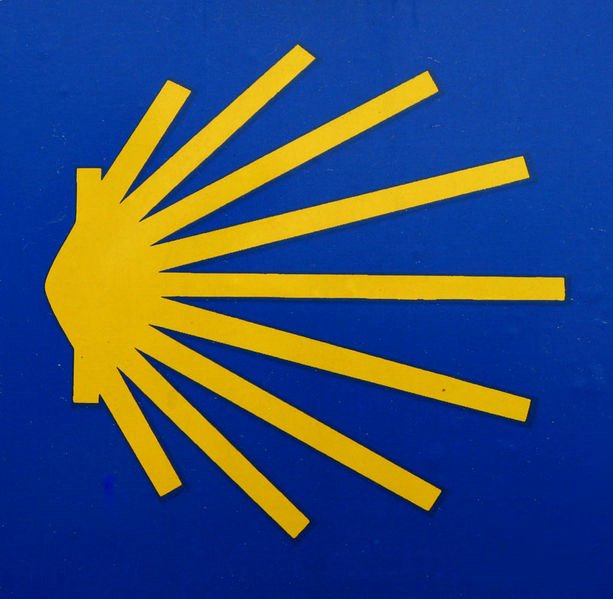Italica and Ronda
I arrived in Granada by train, and the hotel I found near the city center had an internet in the basement. The equipment is stop-and-go and the keyboard barely works, but here goes. The past couple of days have been the best of the trip thus far. Saturday morning, I visited Italica just northwest of Seville. Originally founded by Scipio Africanus around 209 BCE after his victory that concluded the second Punic War (the war between Rome and Carthage ["Punius" in Latin, thus the name]), Italica was originally intended as a place to retire faithfully serving legionares and as a way to hold the Spanish frontier. As Spainish possessions began to expand by the first century CE (AD), Italica became a home away from home for Rome´s rich and famous. Emperors Trajan and his son, Hadrian, were born there. After the Visigoths stormed through in the fifth century, the town was abandoned and eventually covered over with silt. Today, the Spanish government is excavating throughout the area and slowly unearthing the town. Thus far, they´ve found some truely spectacular, luxury villas, a theater, and a colluseum that might have seated as many as 25,000 people. I spent more than four hours walking the ruins and, of course, taking pictures. The mosaics still vivid in the floors of some of the villas were worth the trip by themselves.
Late Saturday afternoon, I took a two-hour bus ride to the small town of Ronda. Located at the southern end of the Sierra Nevada mountains near the Rio Grande (no kidding!), this was a Roman town turned Moorish stronghold, turned Christian with a trail of history that testified to all three cultures. Roman artifacts, an 11th-century Moorish bath, and a 15th-century gothic church were among the highlights. Moreover, it boasts a two-hundred and fifty-year-old bull ring, one of Spain´s oldest. Hemingway visited there and immortalized Ordoñez, the bullfighter, in the novel The Sun Also Rises. Plus, the town has spectacular vistas--it is divided across a 400-foot-deep gorge with a Roman and an 18th-century bridge joining the two halves. An 8th-century Moorish wall surrounds most of the city and the mountains provide nothing less than a spectacular view from anywhere in town. PLUS, the town was the center of mountain bandit activity for two thousand years. There´s even a museum dedicated to the Spanish bandit in the center of town. PLUS, PLUS (I think), they celebrated Carnival that Saturday. Folks were in costume; bands played all over town; there were mock bull fights (the bull always being a somewhat hefty townsman); cotton candy, popcorn, and cooked chestnuts were sold in the streets; fireworks went off at random; and it was impossible to sleep until well after 2:00AM.
One more thing--I have the heart of a bandit. I was told so. Saturday night, I stopped at a local bar for dinner. They were serving the usual ham and huevo and queso and patatas dinners, but they were also offering the Andalus Bandit dinner! The owner swore that this was a traditional meal for the mountain bandit and that no one had ordered it all evening--he suggested (loudly, to everyone around) that such a big, German fellow (me) should want to be the first to try his stew. Well, I´m a sucker, so I went for it (also, masculine ego kicked in). Pretty good! It consisted of cubed potatoes, tomatoes, squash, eggplant, onion, and garlic in a thick tomato/olive oil sauce--all poured over five, halved boiled eggs. I ate the whole thing! Afterwards, the chef and the owner both actually came out and slapped me on the back loudly proclaiming that I was a true bandit and that people should watch their valuables.


3 Comments:
So, if you are the Bandit - where is Smokey? Great story!!
Esta bandito, mi hermano ha ha!
Bonita and i say viva jerry!! ☺
Next time I'm around you, I'll be more careful!!!
Post a Comment
<< Home